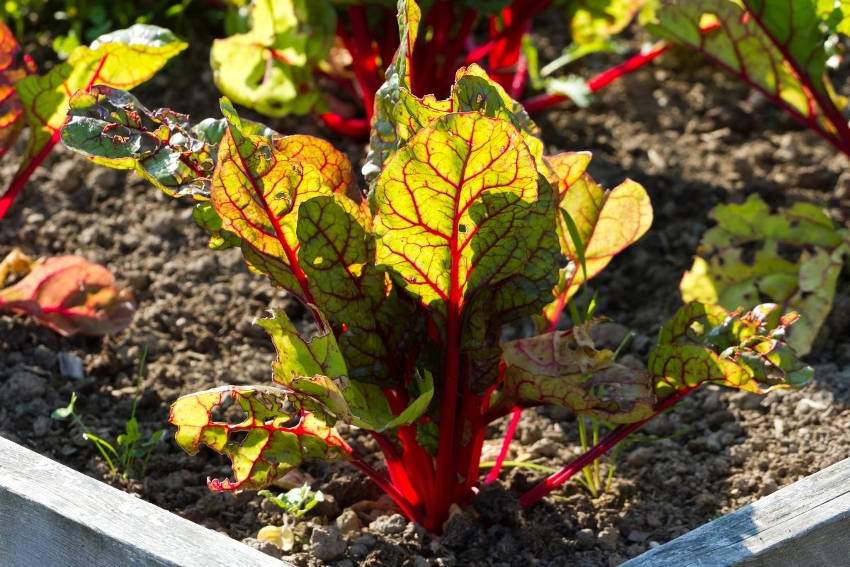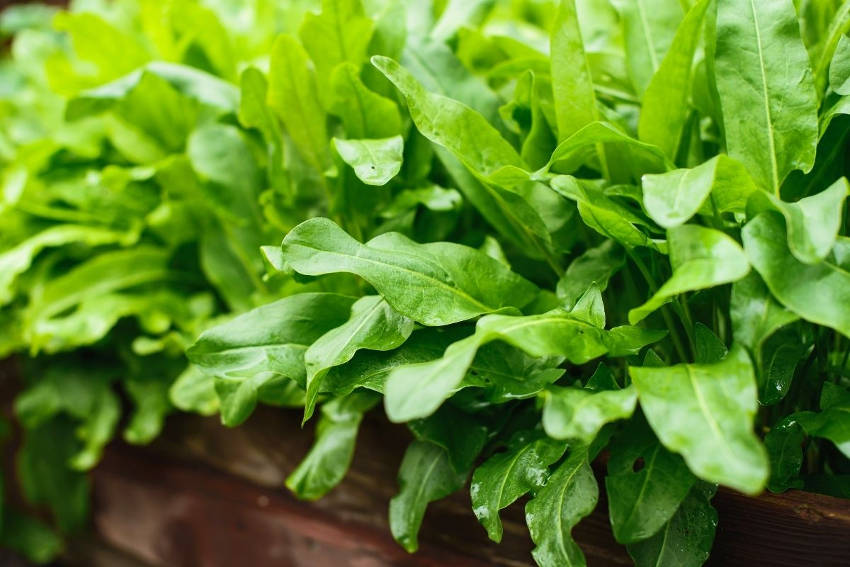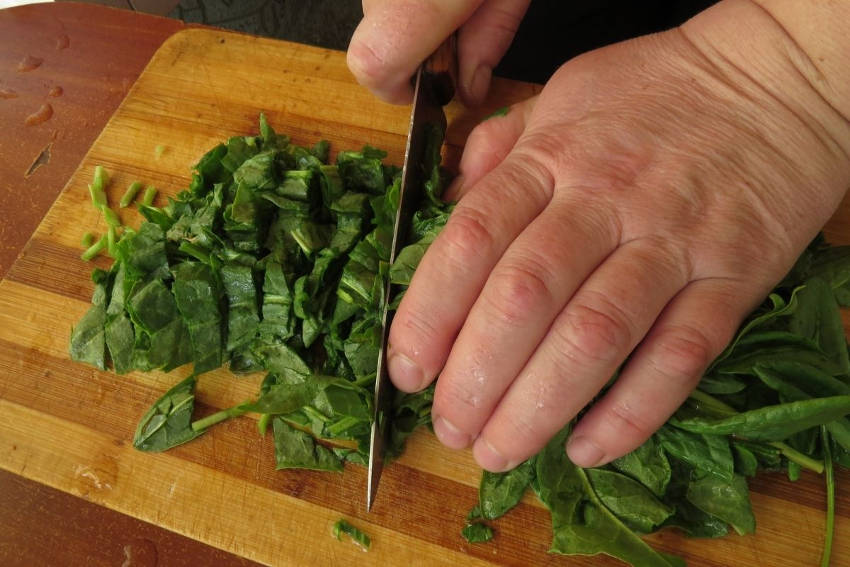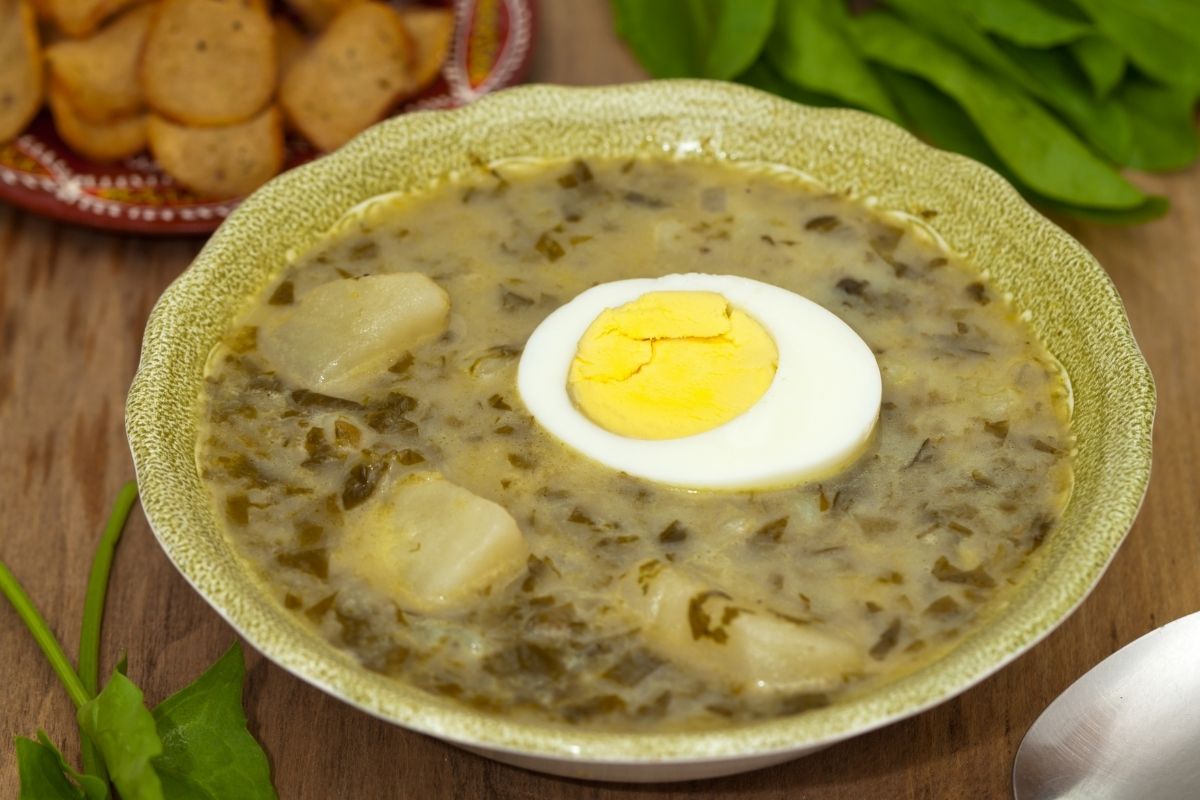The French word for sour, ’sorrel’, is a perfect match for this tangy cut-and-come-again leafy herb. Often featured in French cuisine, sorrel’s leaves have a slightly zesty sour taste, so are used to add a hit of flavour to salads and other dishes. What’s more, sorrel has excellent health properties and is rich in vitamin C, vitamin A, iron and other minerals. It does contain oxalates, however, so is best avoided if you have kidney stones or arthritis, and consumed as part of a balanced diet.
Sorrel is a perennial plant that is usually grown as a cut-and-come-again leafy green. There are three main types of sorrel: green sorrel (Rumex acetosa), red-veined sorrel (Rumex sanguineus), and French, or Buckler-Leaf, sorrel (Rumex scutatus). The latter has leaves that are milder in flavour and said to be shaped like a shield, while the main types of sorrel have more typical leaf shapes.
Before you Plant
Choose a sunny or partially shaded spot with at least 3 hours of sun a day for your sorrel. It prefers moisture-retentive, fertile, slightly acidic soil. If your soil is poor, then enrich it with organic matter prior to planting.
Sowing Your Sorrel
Sorrel plants can be sown directly into warm soil at a depth of about 5mm. The final spacing for sorrel plants is about 30cm so sow seeds thinly to prevent waste and overcrowding. Alternatively, seeds can be sown undercover in seed compost at a temperature of 20-22°C and should germinate in 7 to 14 days.
Growing Sorrel in Containers
Sorrel can also be grown in containers. This is sometimes a good option as it can be a bit invasive in certain conditions. Choose a good-size container and fill it with a good quality multi-purpose potting mix. Either sow seeds directly into it or start them off in smaller pots and transplant when the plants have developed a couple of sets of true leaves, making sure to minimise any root disturbance as you do so. It is important to keep containers well-watered as they can dry out quickly and this will encourage the sorrel to bolt (or flower), which will make the leaves less pleasant to eat. It is advisable to feed containers with a high nitrogen content fertiliser once a month during the growing season.
Looking After Your Sorrel
Sorrel dislikes hot weather and is best grown in spring or autumn in particularly hot climates. Plants grown in the ground will benefit from a monthly liquid feed, although this is not as important as for container-grown plants. More important is to keep the soil from completely drying out. Sorrel should be ready to harvest around 70 days after germination if the growing conditions are right. Any flower spikes that emerge should be removed quickly to prolong the season.
As a perennial, the plant may die back in winter in cool temperate climates, and will benefit from being lifted and divided every few years in spring to rejuvenate the clump. Alternatively, you may wish to grow fresh plants from seed each year.
Common Problems
The young leaves are often eaten by slugs and snails, so consider starting plants under cover or using a control method if this is known to be a problem. Plants may sometimes by eaten by certain species of moth and butterfly larvae though this is not generally a serious problem. Pick caterpillars off by hand, or spray selectively with an organic spray. Aphids may also be a problem and should be dealt with organically if possible.
Harvesting, Preparing and Eating Sorrel
Pick the leaves as required once they are 8-10cm long, pinching them off the plant at the base. Younger leaves are best for salads as they don’t cook well. Older and bigger leaves can be used in cooking, sauces and soups. Always wash sorrel leaves well before eating.
Sorrel leaves are used heavily in French cuisine and partner well with egg, salmon, avocado, quinoa and tomato. They are best used fresh but can be kept in the fridge for a couple of days or blanched then frozen. It is best not to cook sorrel in aluminium pans as the leaves can develop a metallic taste.
Given the zesty flavour punch it adds to salads and other dishes, it’s worth trying sorrel in your garden for a continuous supply of fresh tangy leaves.









